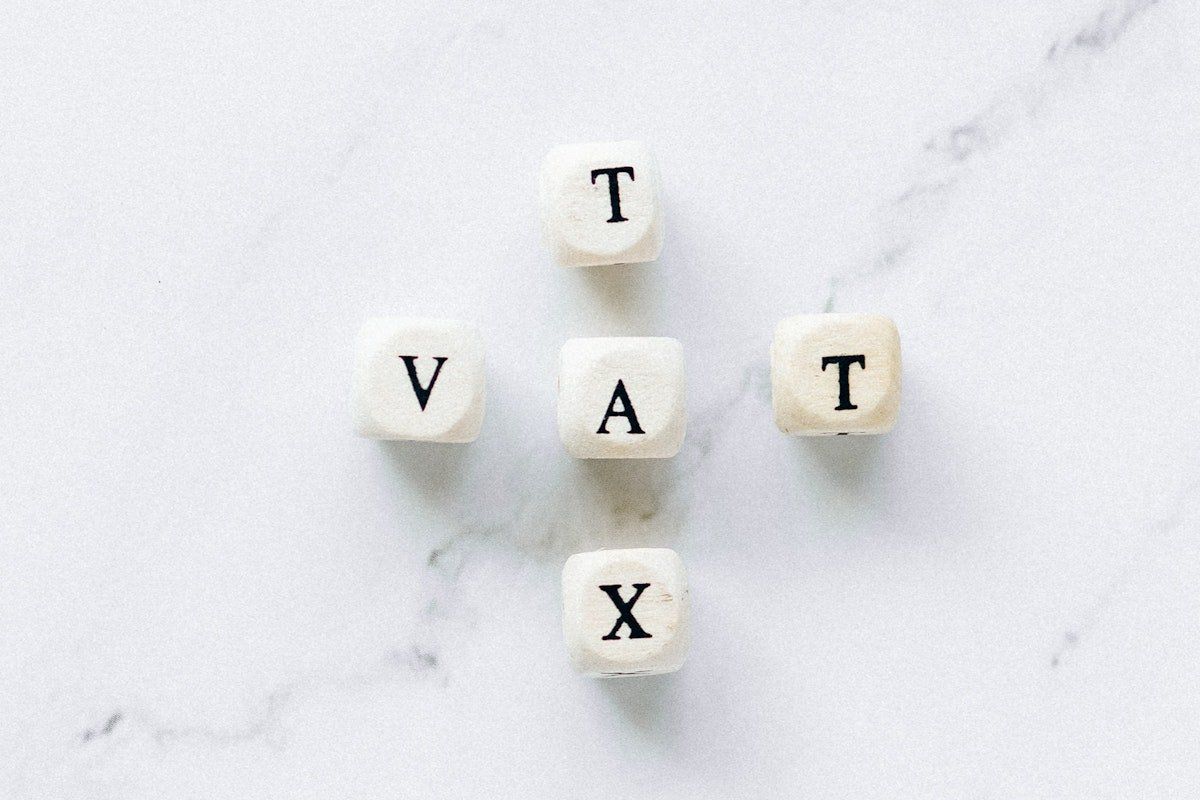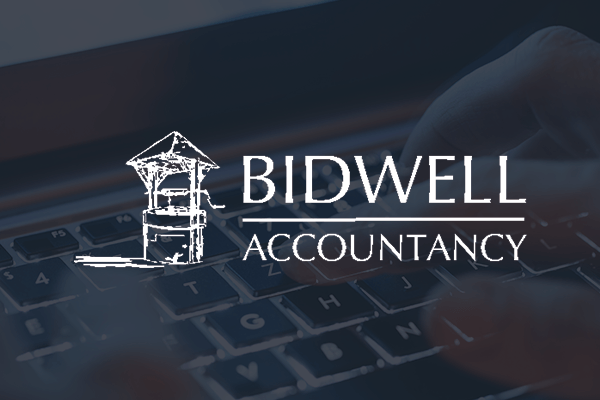What are disbursements for VAT?

There may be occasions where your company makes payments on behalf of a client. These payments are known as ‘disbursements’ and have to be treated correctly for VAT purposes.
If your clients are not able to reclaim all their VAT on purchases, it can be beneficial to show these disbursements separately on your invoices. We’ll explain how this process works and the benefits of accounting for disbursements for VAT purposes in this way.
How do disbursements work?
Disbursements are costs incurred by you on behalf of your customers. In essence, you purchase or pay on behalf of the customer and your client becomes the recipient of the item or service, where this item/service is additional to any services or goods you may provide.
When dealing with disbursements:
- The items must be separately listed on your invoice, and the charge must be precisely the amount you paid, with no mark-up or profit.
- If the supplier charged you VAT, you cannot reclaim it, so the value to charge on is the VAT-inclusive amount.
- The value of the disbursements is outside the scope of VAT, so doesn’t count as sales for VAT registration purposes.
What’s a good example of a disbursement?
There’s often confusion in business circles around what a disbursement is. To make things clearer, let’s take a look at some examples, to define what IS and what
ISN’T a disbursement.
- Examples of payments that ARE disbursements – a solicitor paying stamp duty on behalf of a client is simply settling the bill and claiming it back. Similarly, a wedding planner may settle the venue hire on behalf of a client. In each case, the end-client is the recipient – making these payments disbursements.
- Examples of payments that are NOT disbursements – by contrast, charges you might make for accommodation and travel, even if required to carry out work for a particular client, are expenses for supplies to you, not to your client. Because of this, these payments cannot be treated as disbursements. They can still be shown separately on your invoice if you so wish, but you must add on VAT where applicable.
This is even the case for things like train fares where there is no VAT on the ticket. If you charge the costs separately to your customer, you still need to add on VAT.
The supply by the railway company was to you, not to your customer.
What are the benefits of charging disbursements?
It can be useful to charge genuine disbursements separately where your customers are not able to reclaim the full amount (or any amount) of VAT from your charges. As an added bonus, in some circumstances, doing this may also keep you below the VAT registration threshold.
Disbursements are an area where people often incorrectly treat recharges and expenses as disbursements. This can happen even when the goods or services involved were clearly not actually supplied to, or for the direct benefit of, the end customer.
Talk to us about accounting for your disbursements
Disbursements are often mistreated. Because of this, the VAT treatment of disbursements is an area HM Revenue & Customs (HMRC) is very likely to check in the event of an inspection. If you’ve got it wrong, in addition to paying the uncharged VAT, you may also be liable for interest and penalties. This is an additional cost (and hassle) that you definitely don’t need.
We’ll get you up to speed with accounting for disbursements for VAT purposes. We’ll also help you overcome the issue if you have, inadvertently, misused disbursements in your invoicing.

Unit 157, Milton Keynes Business Centre,
Foxhunter Drive, Milton Keynes,
Buckinghamshire, MK14 6GD
Bidwell Accountancy





